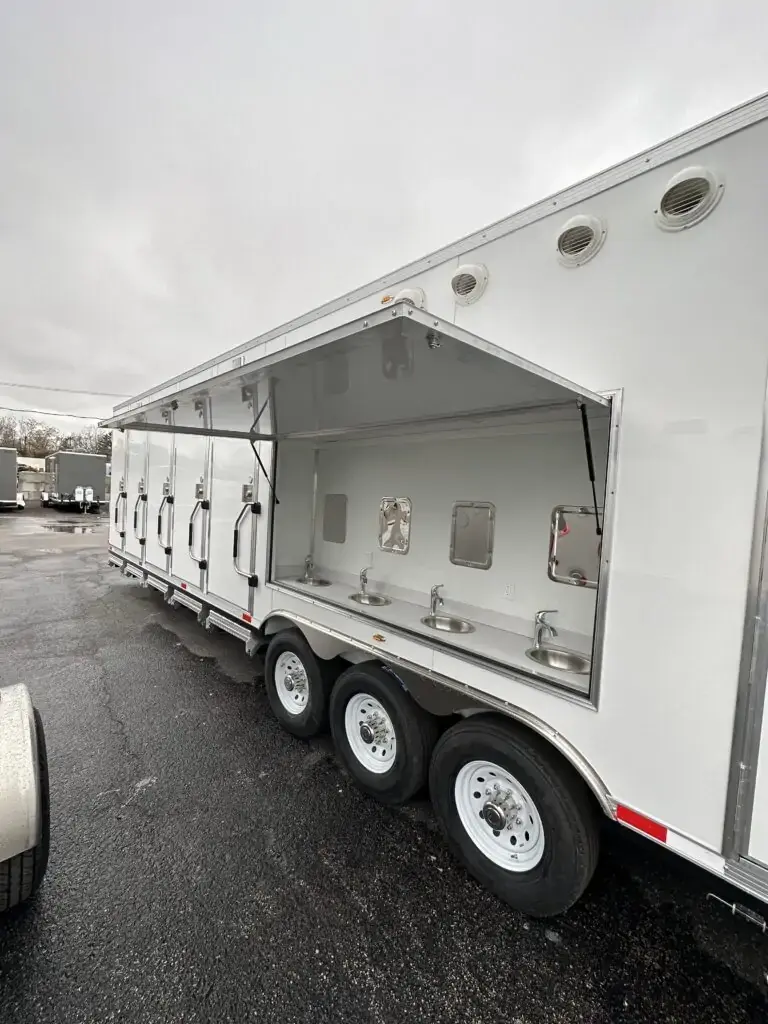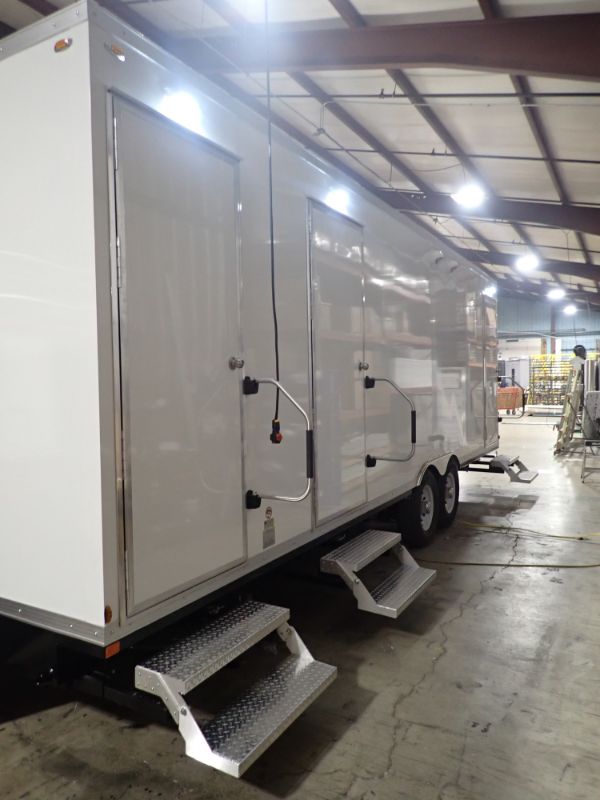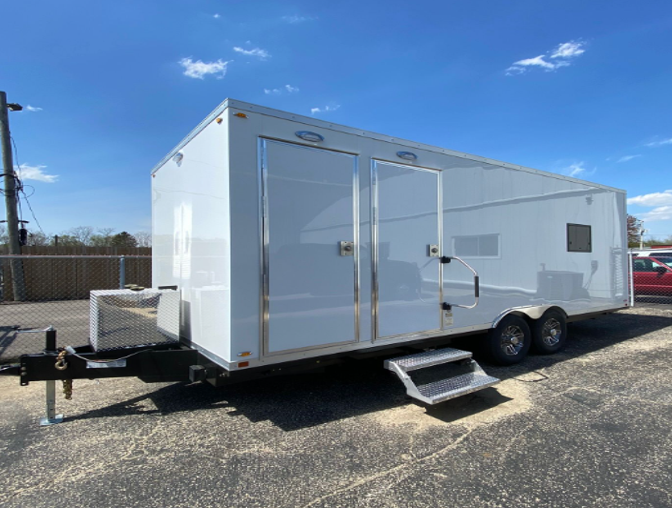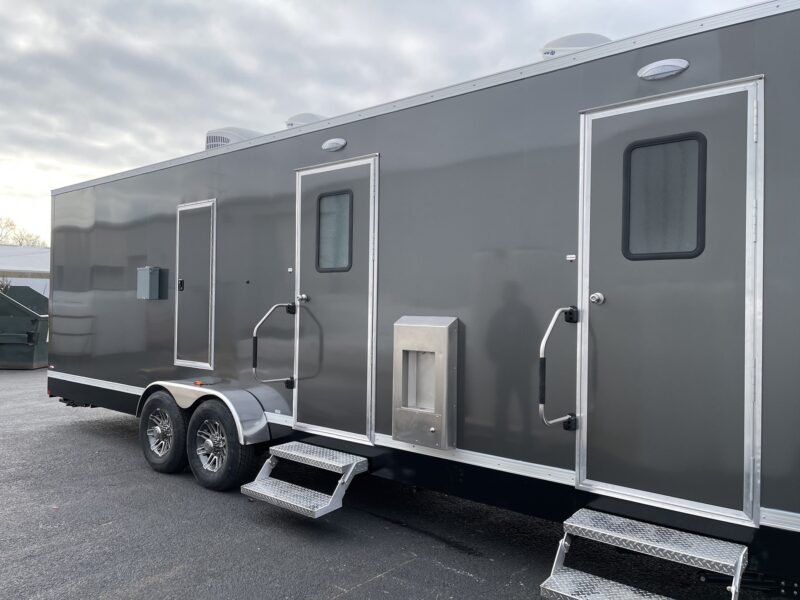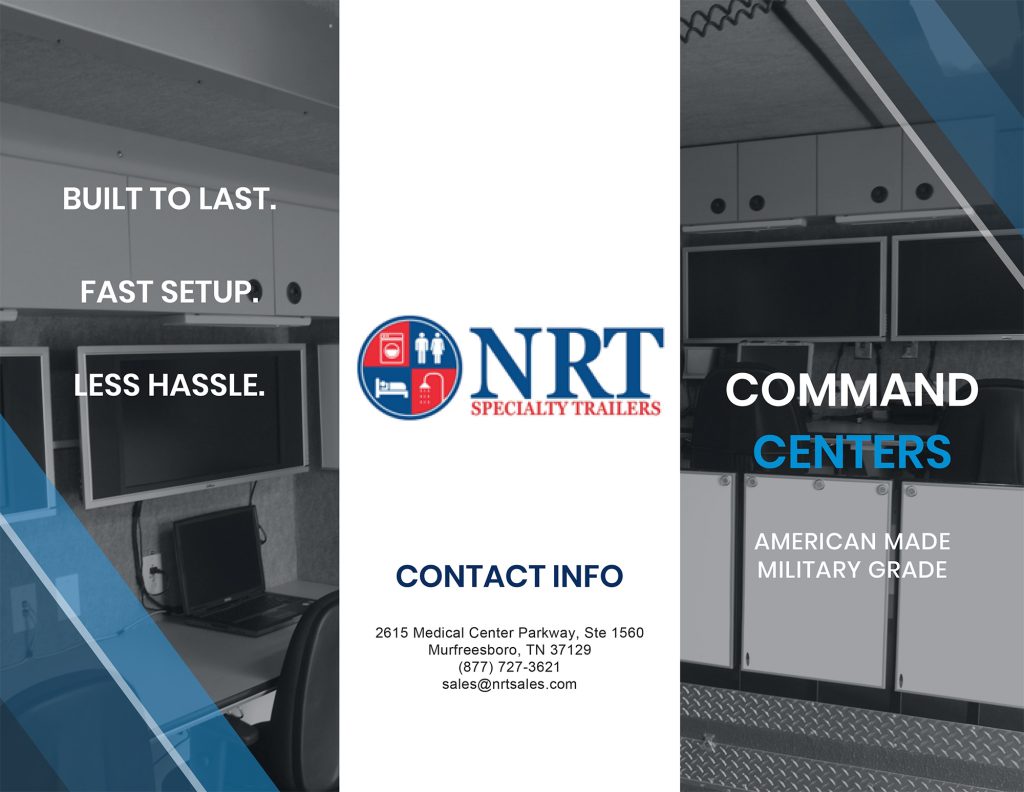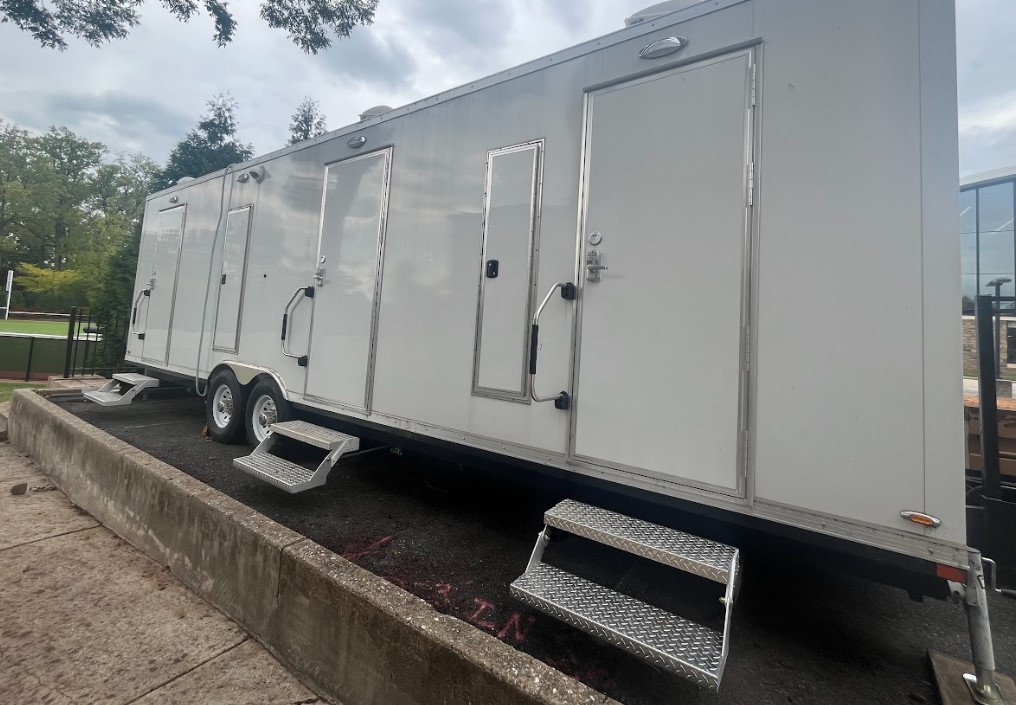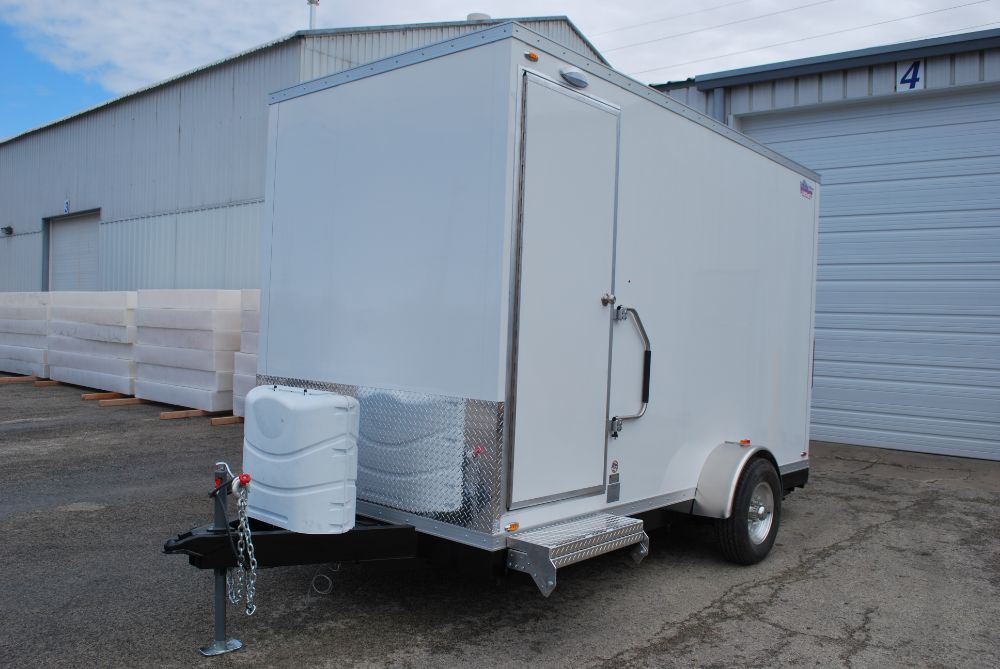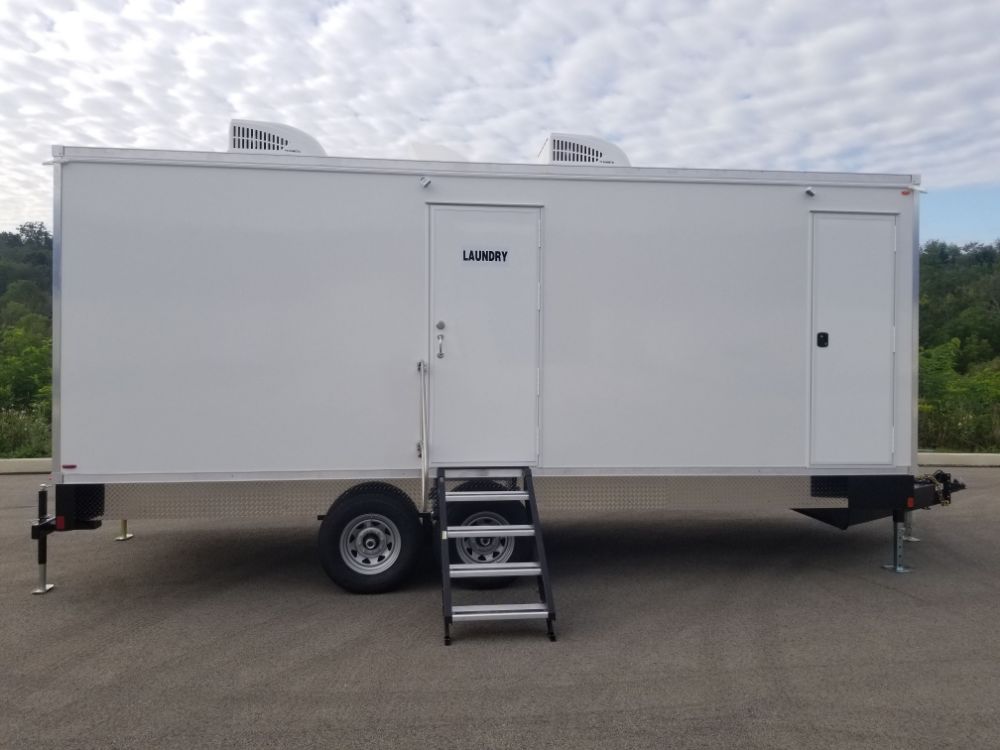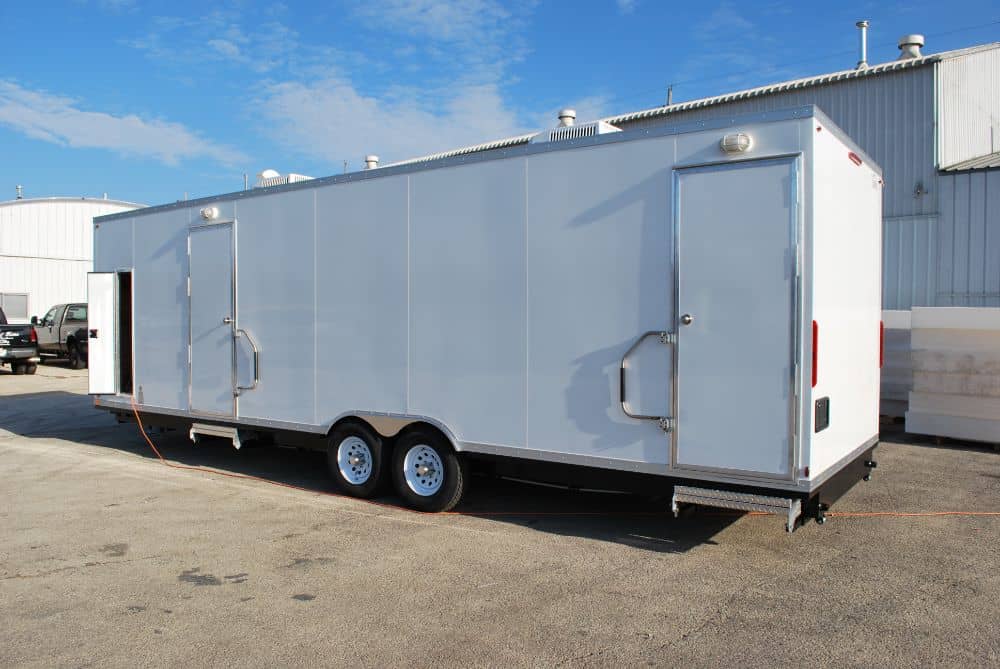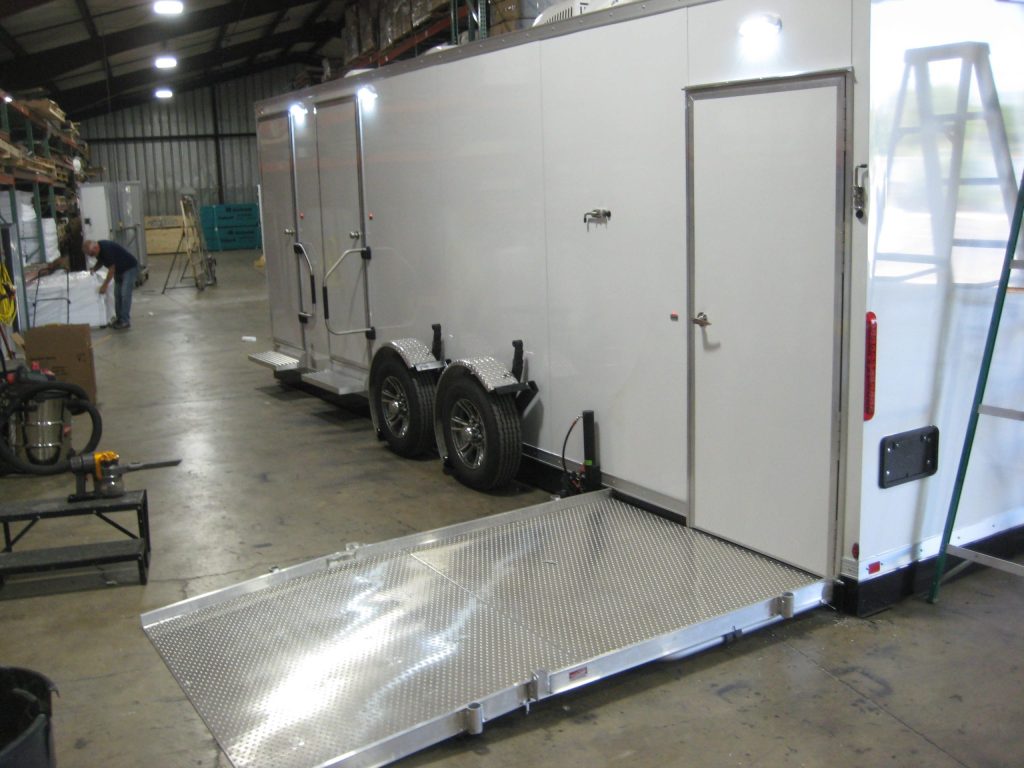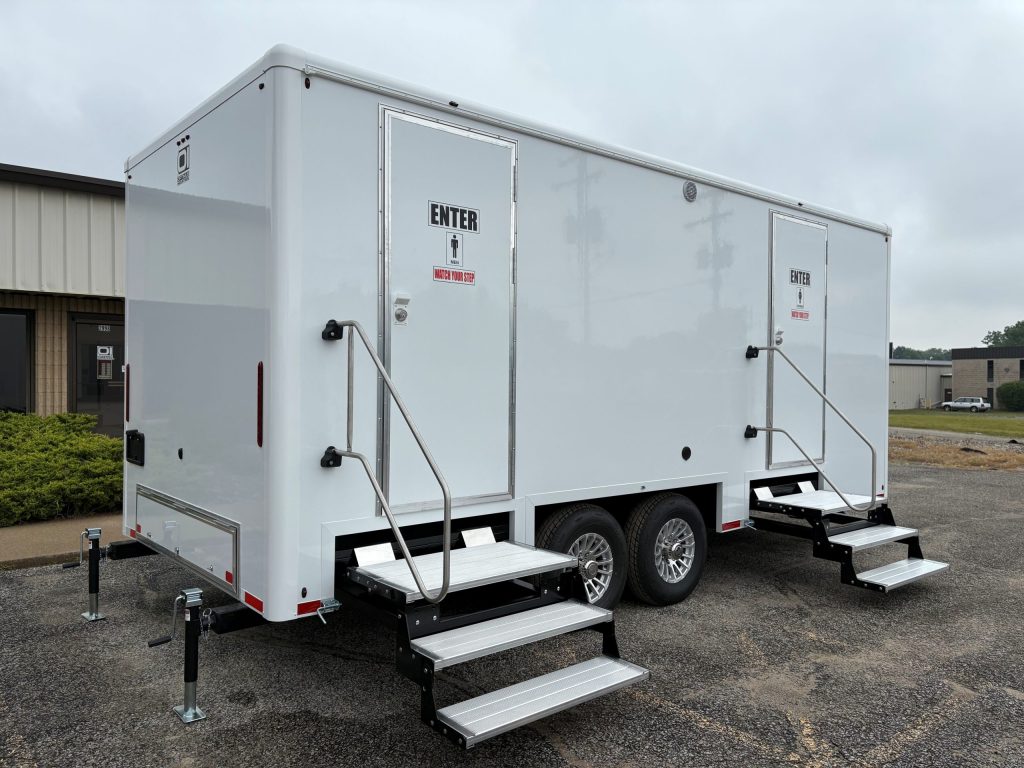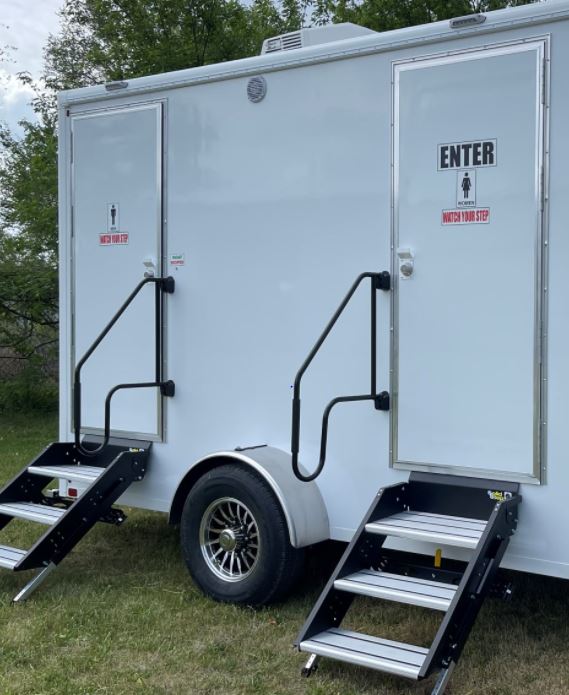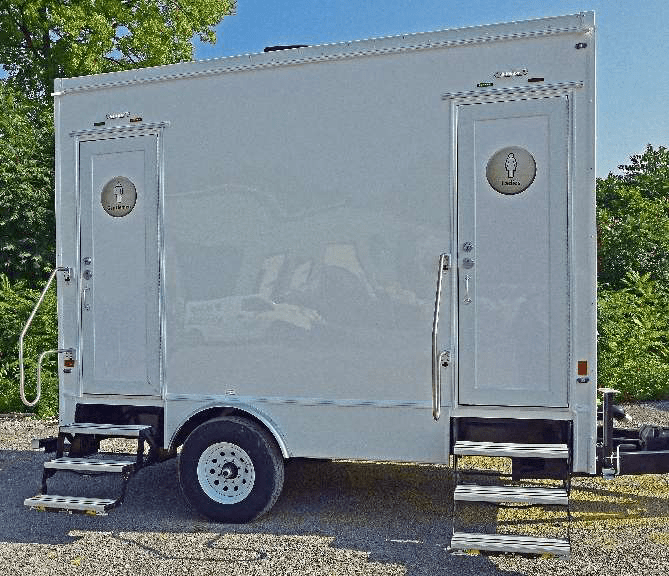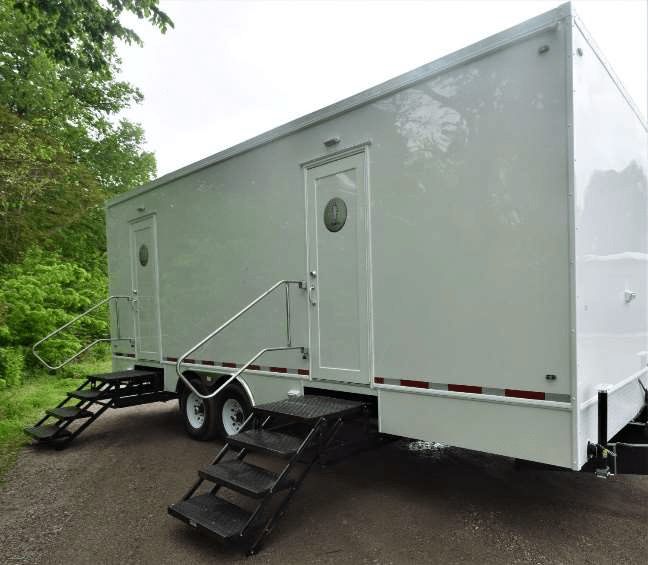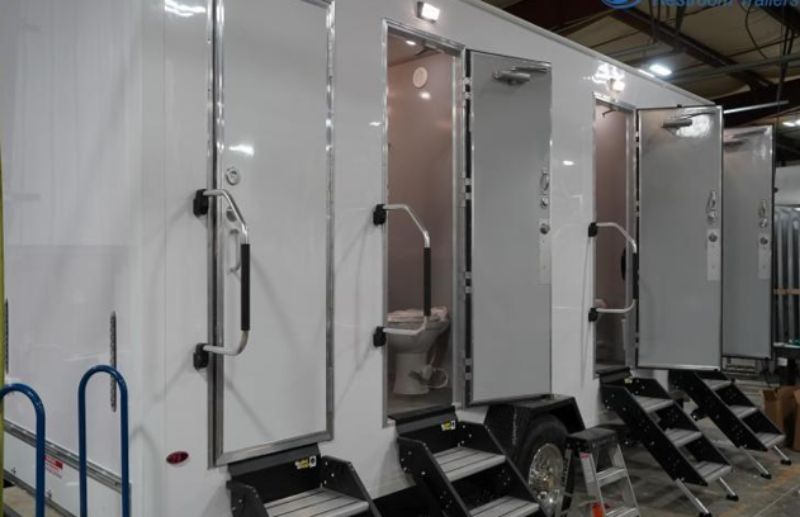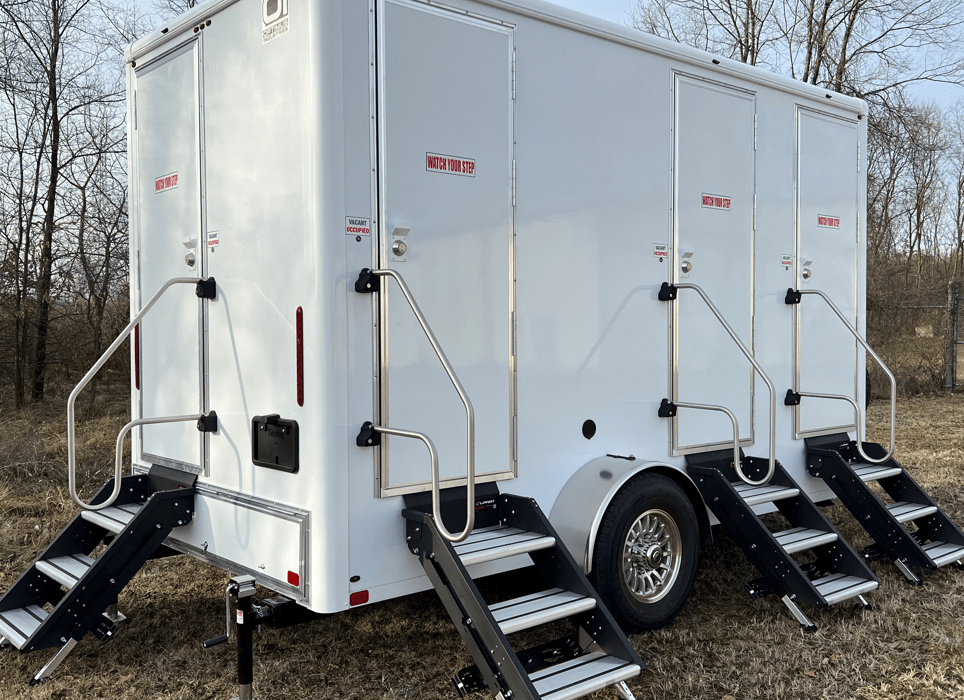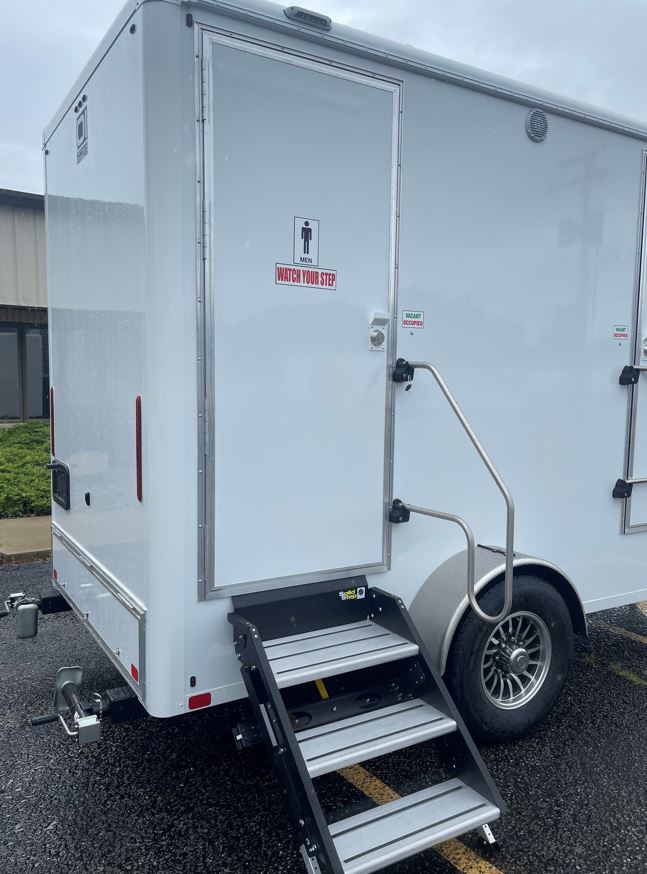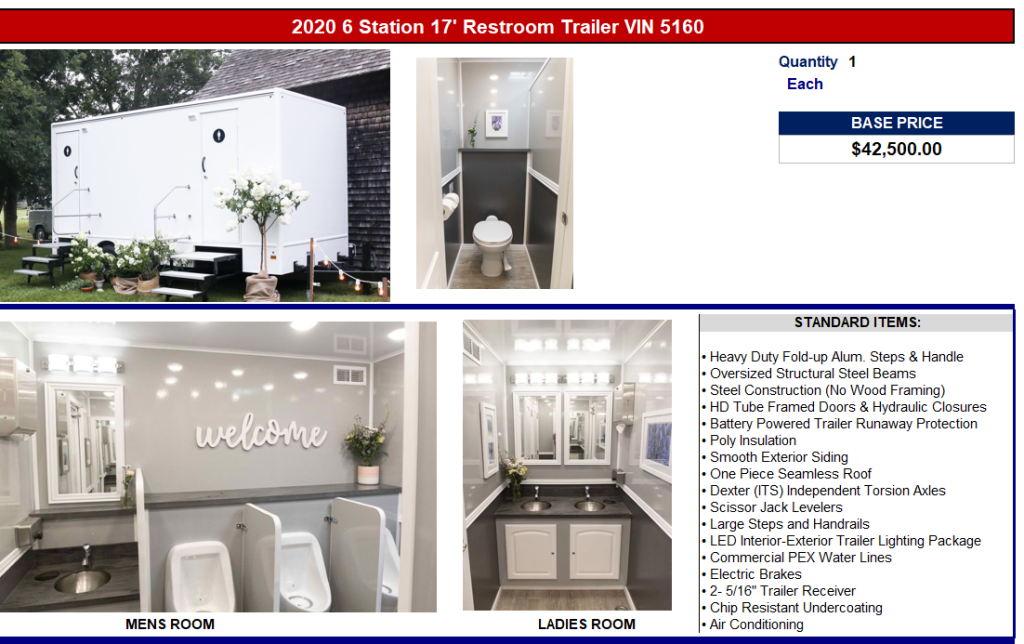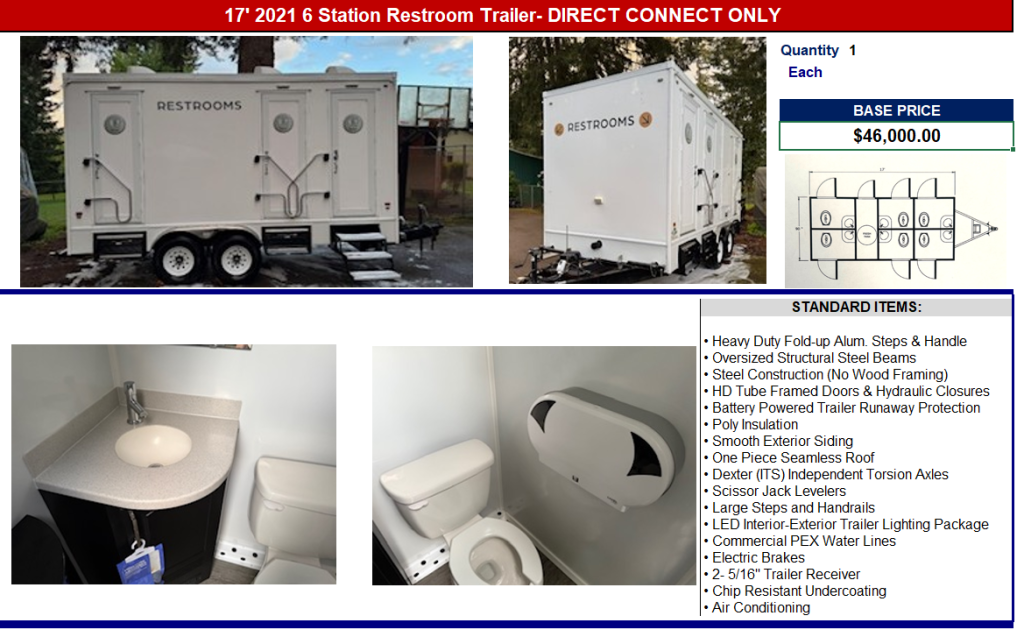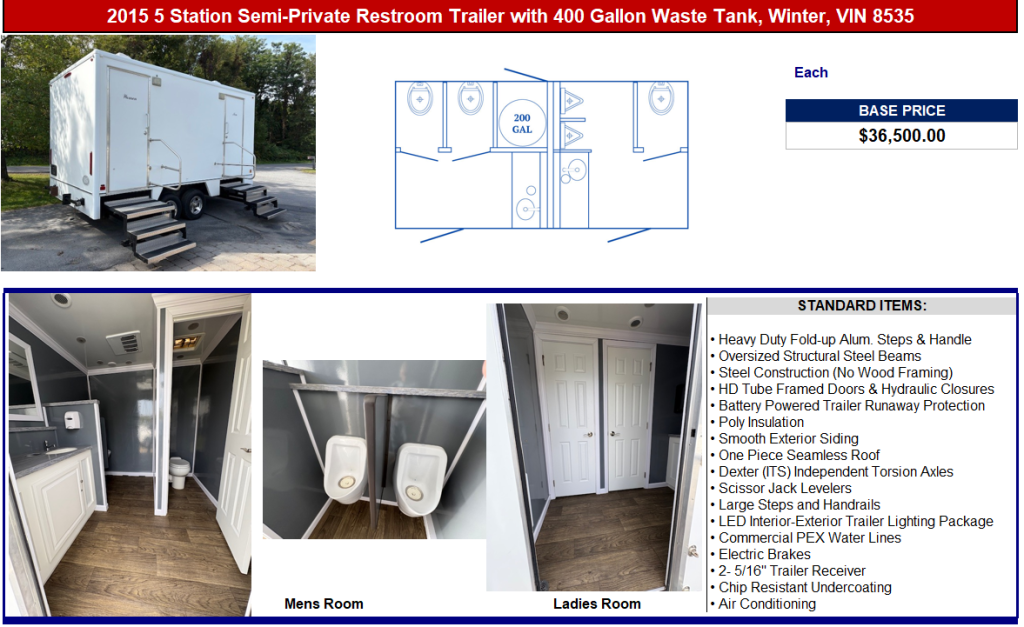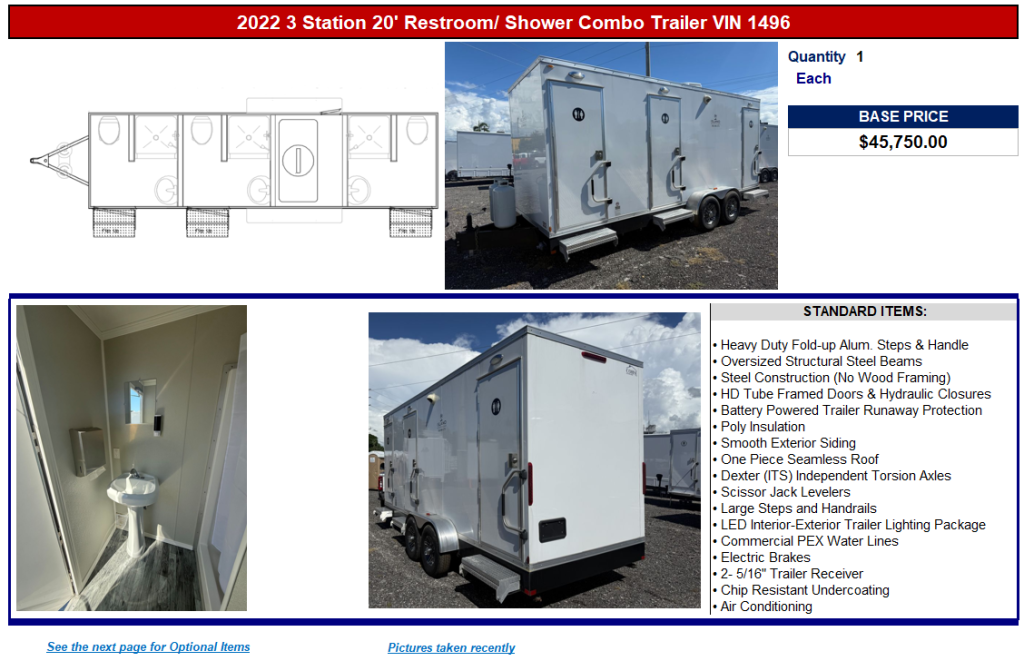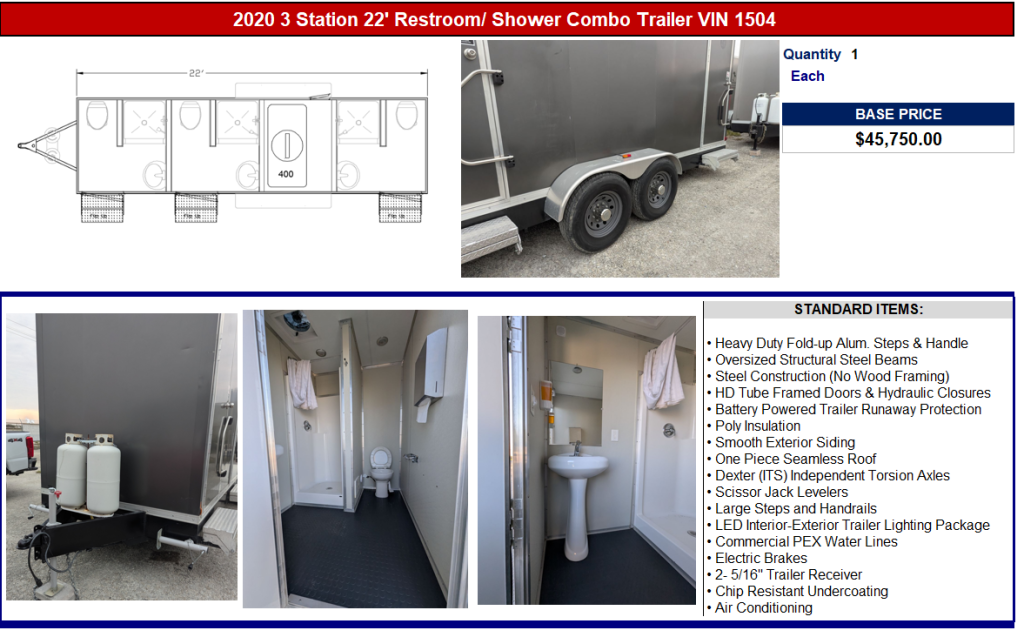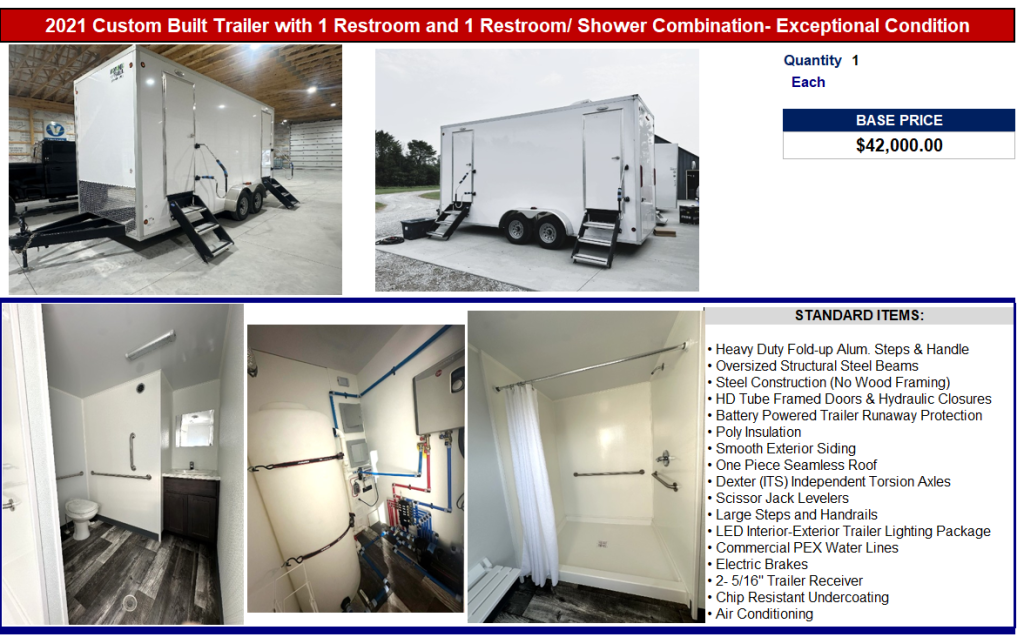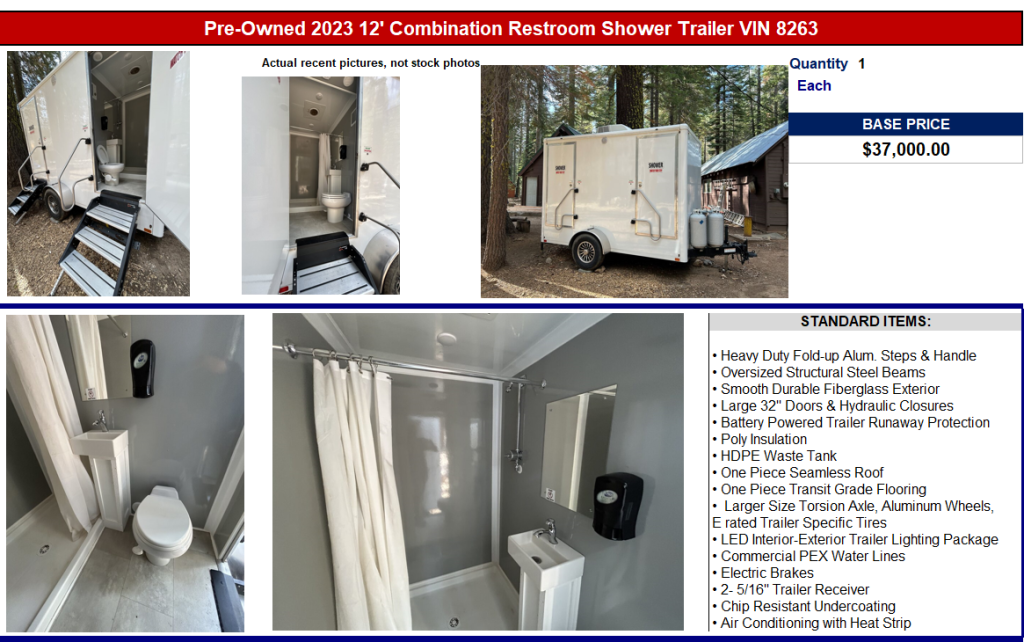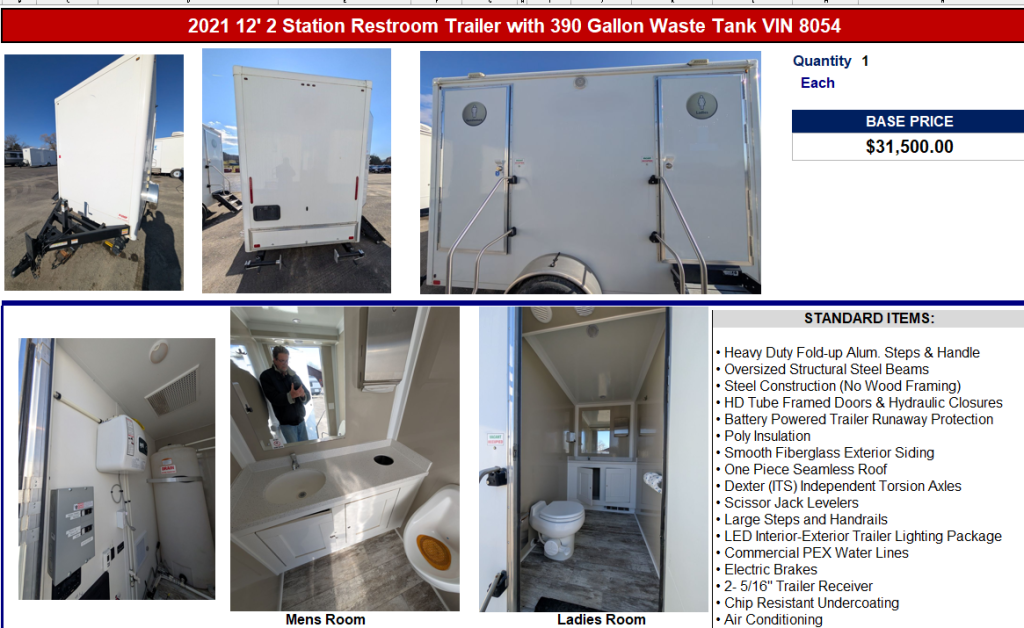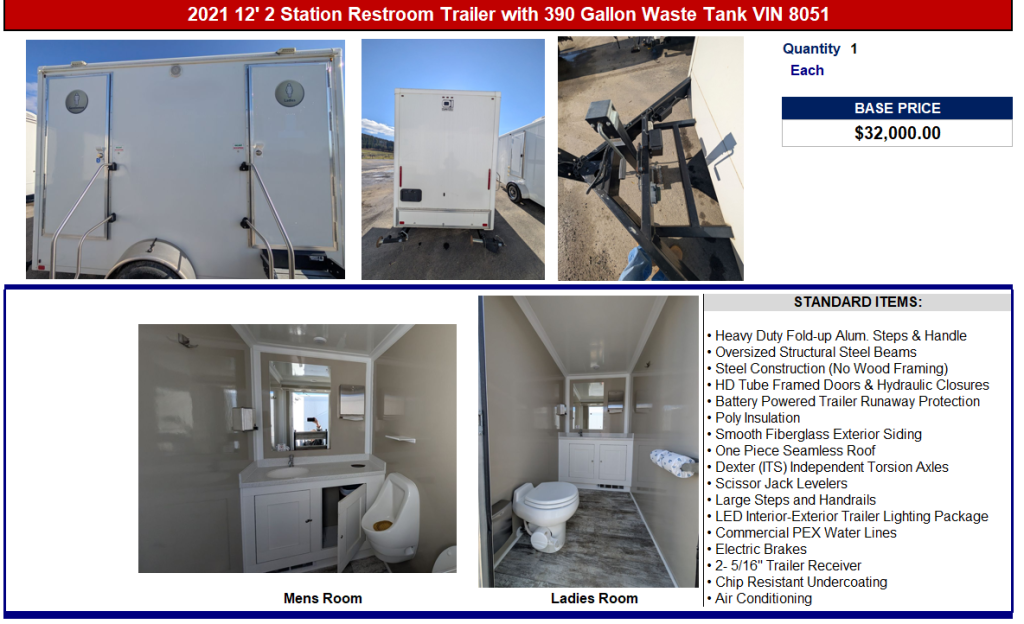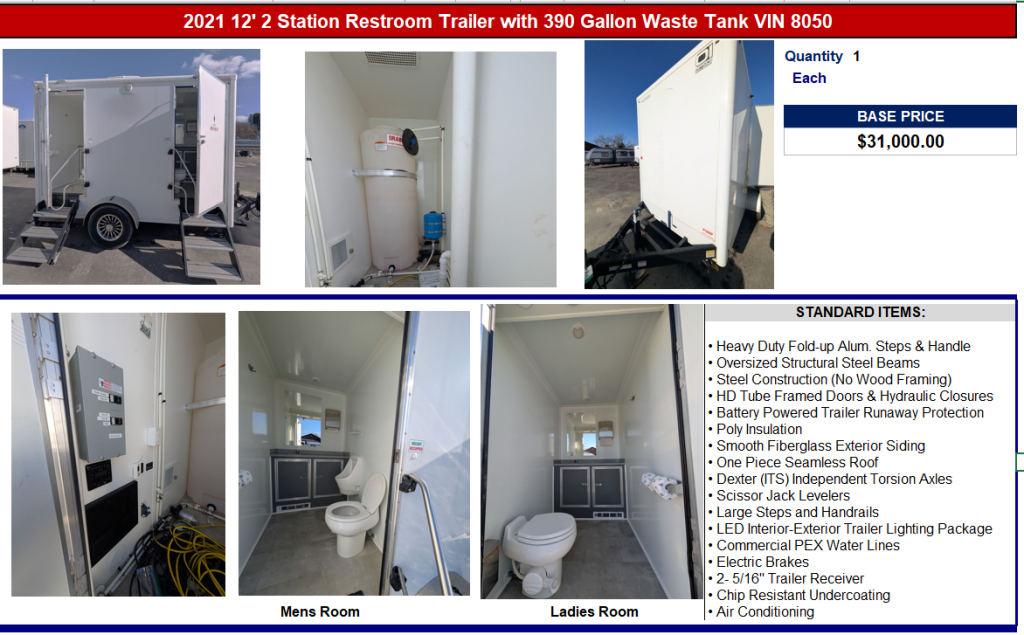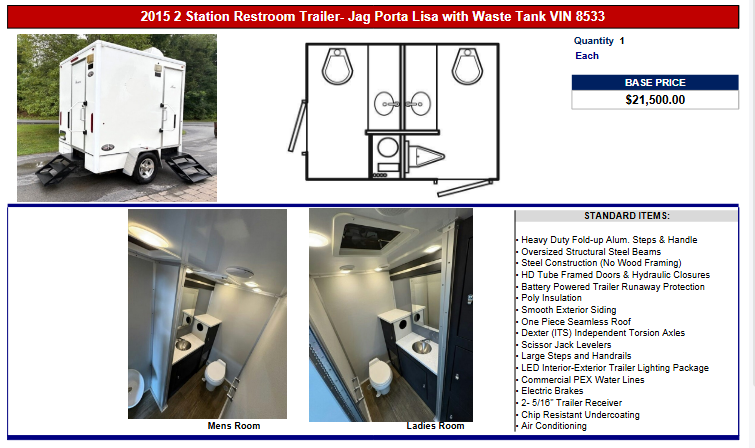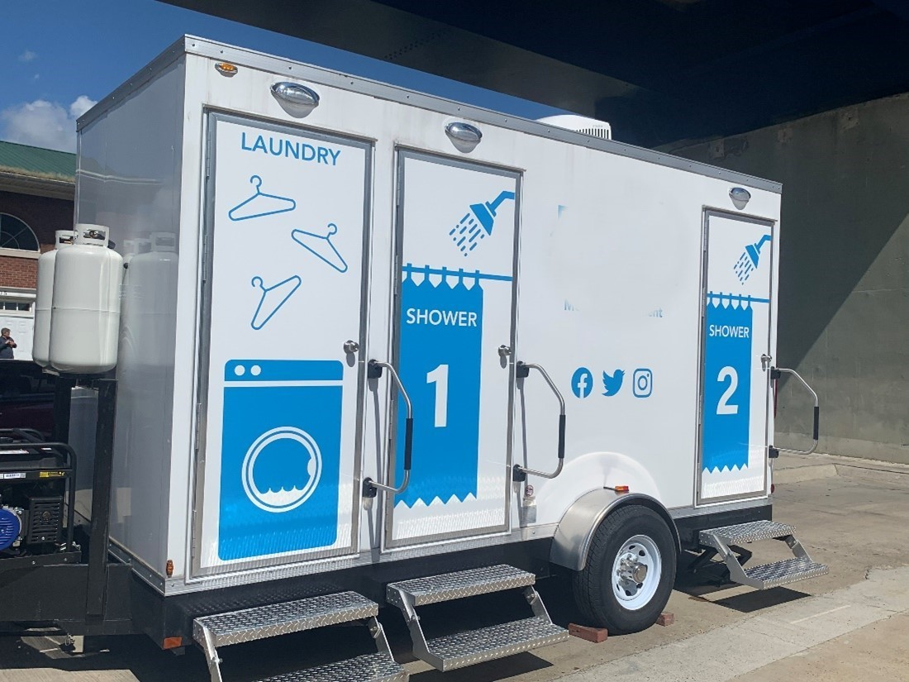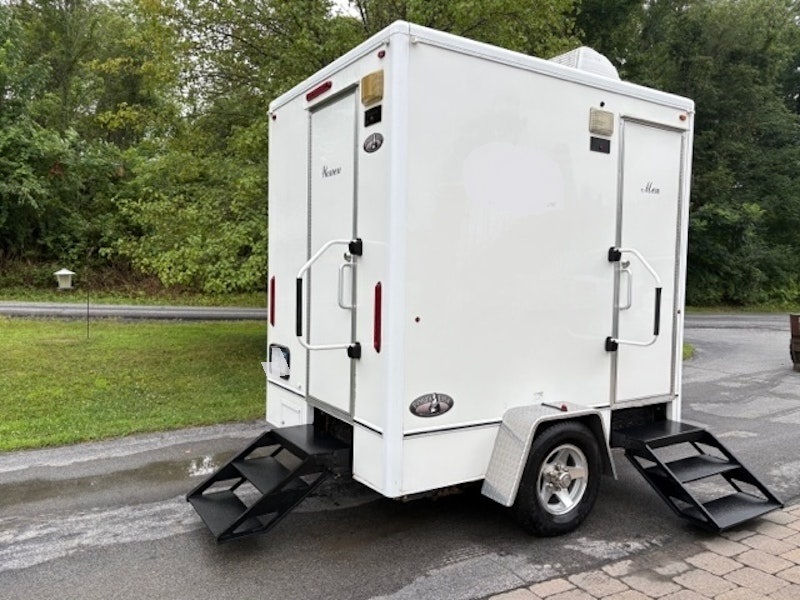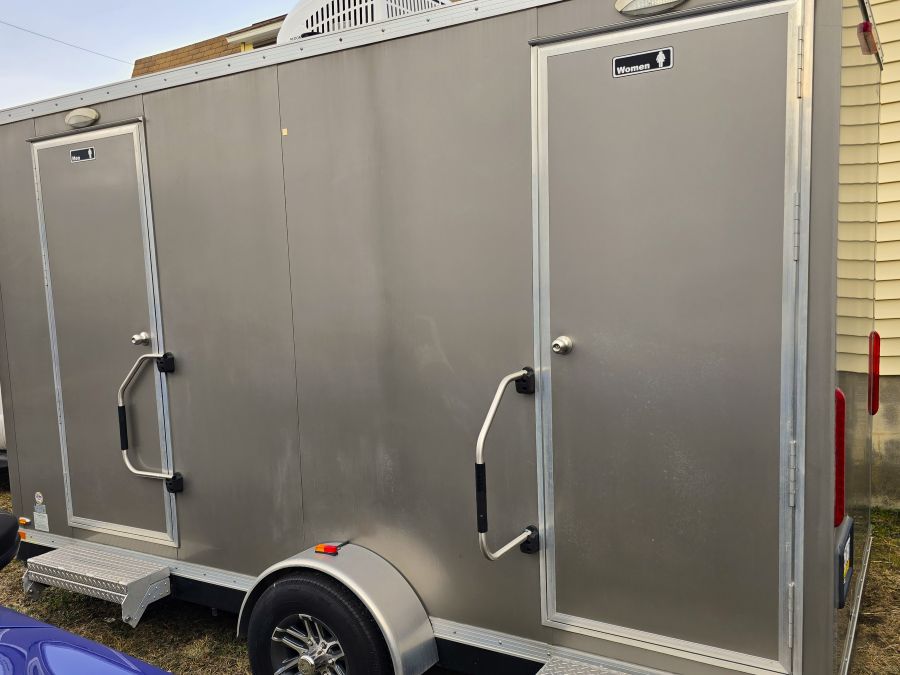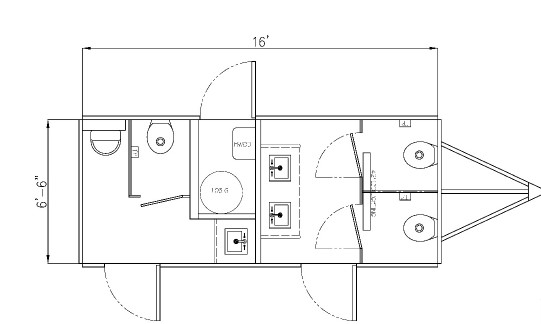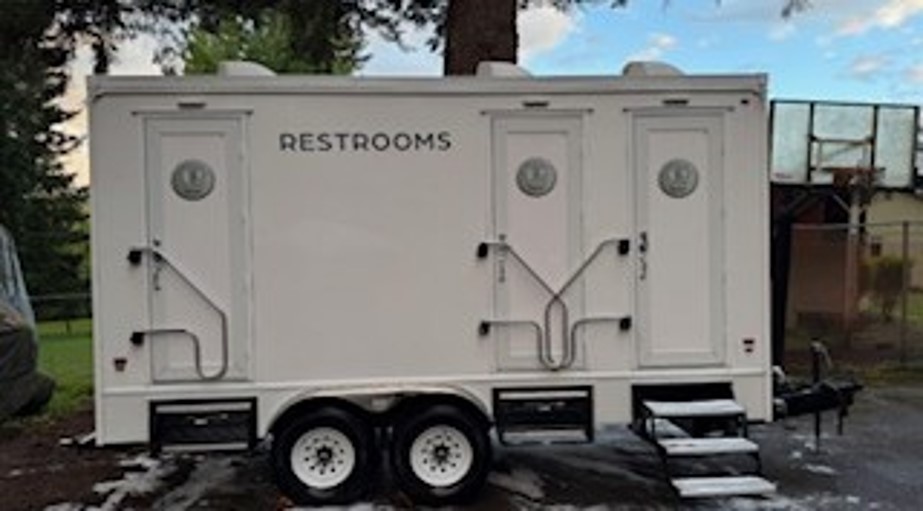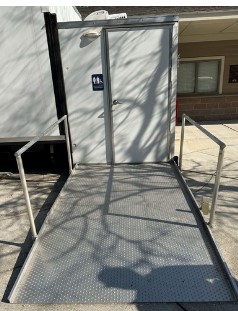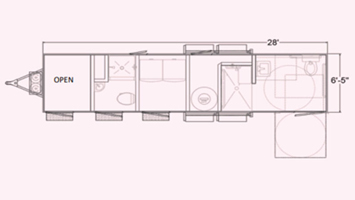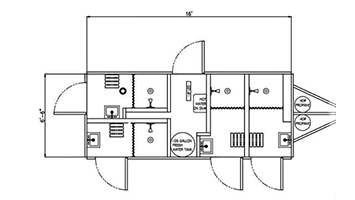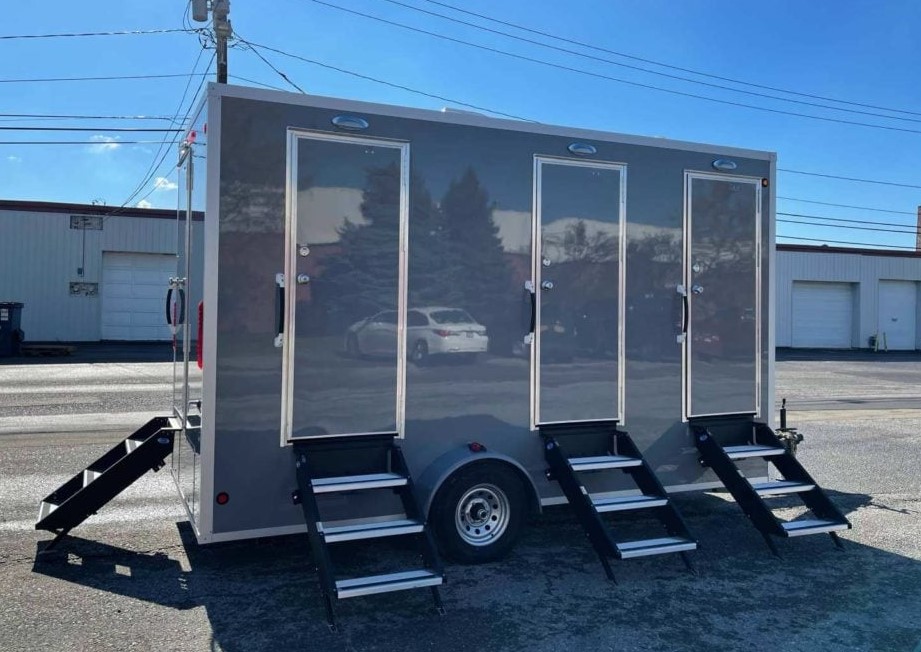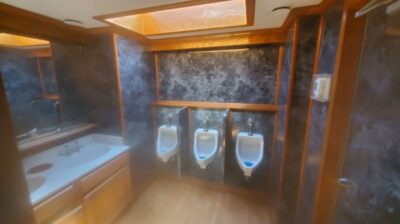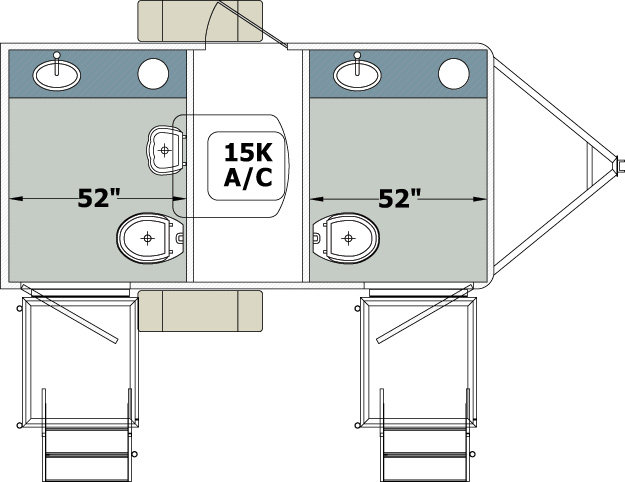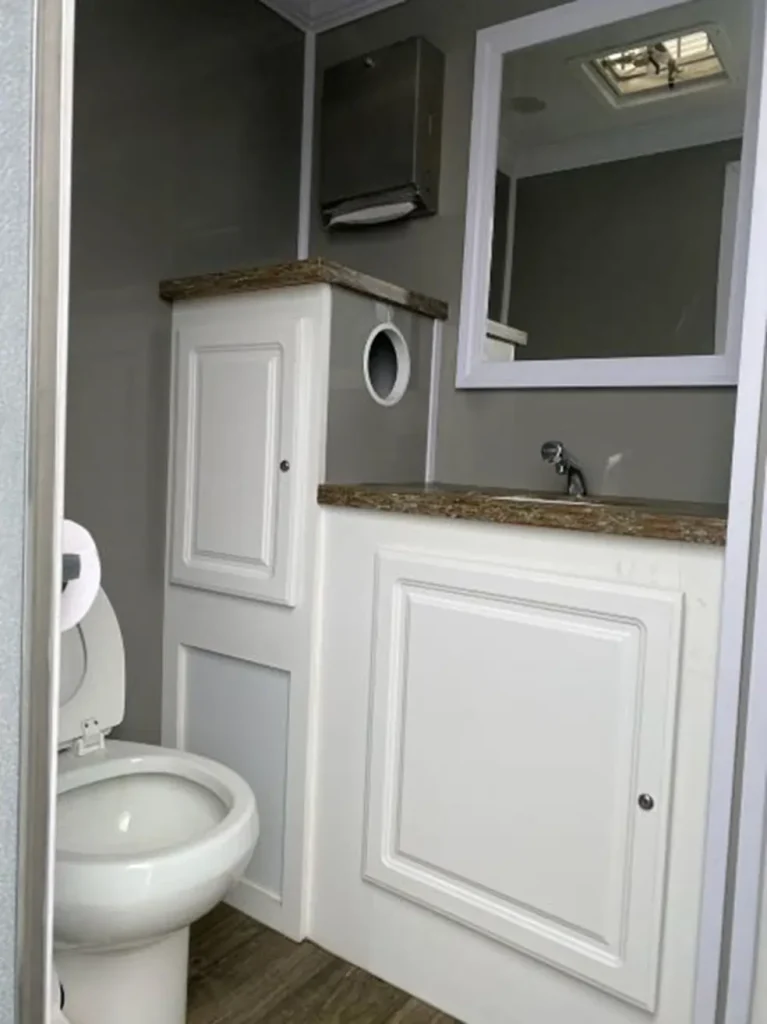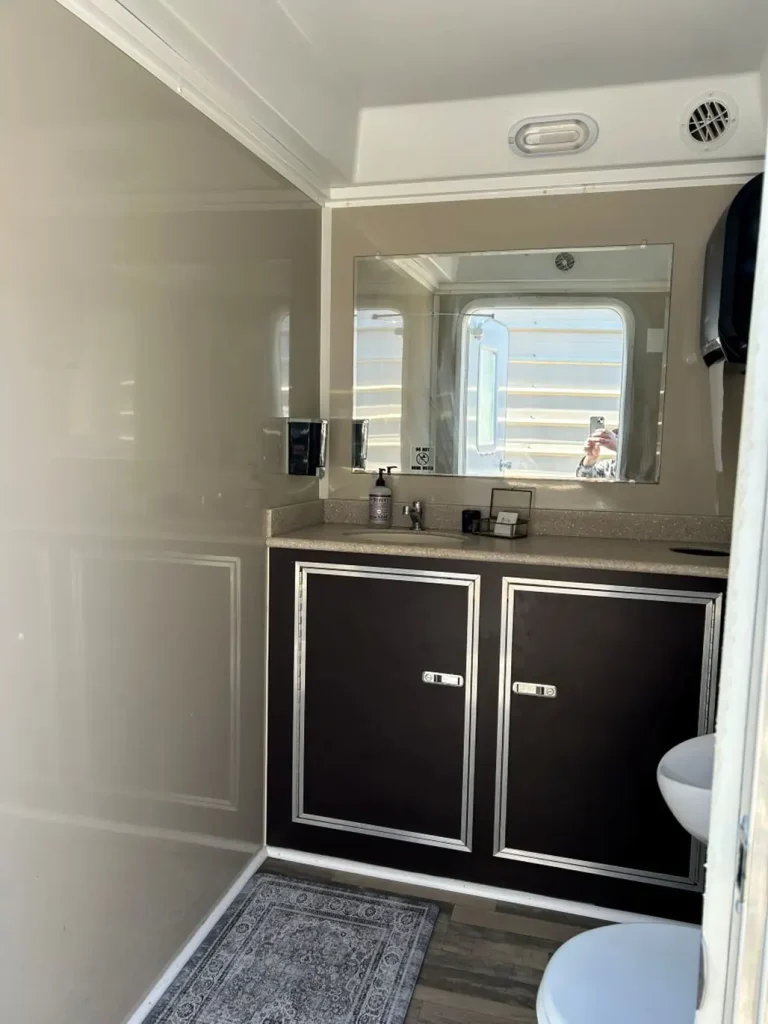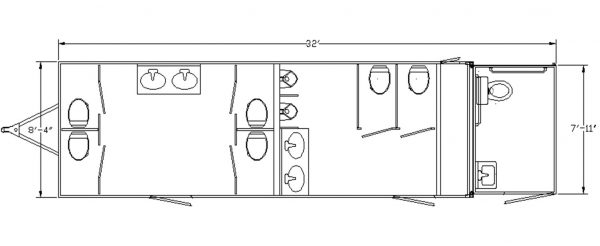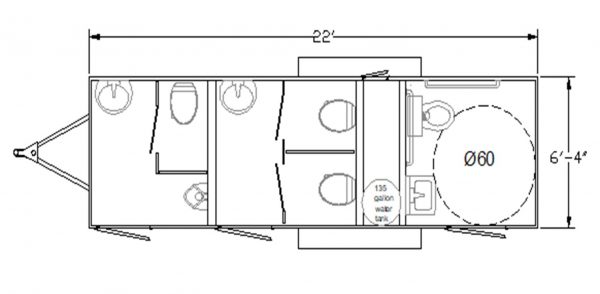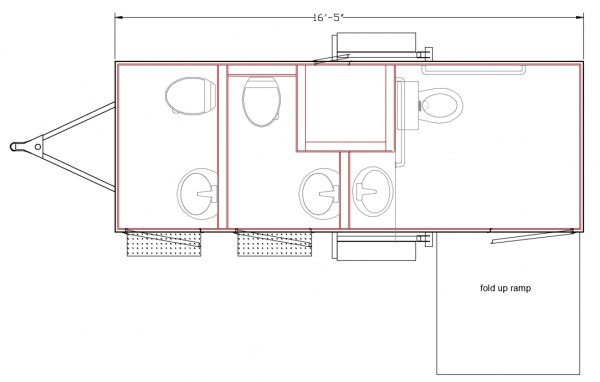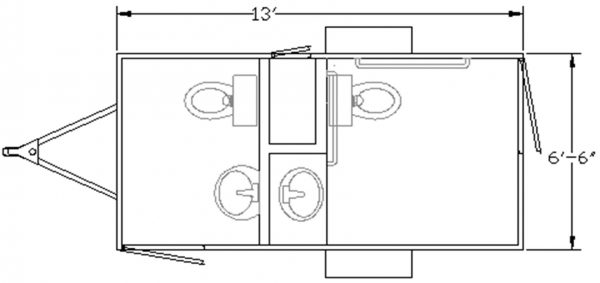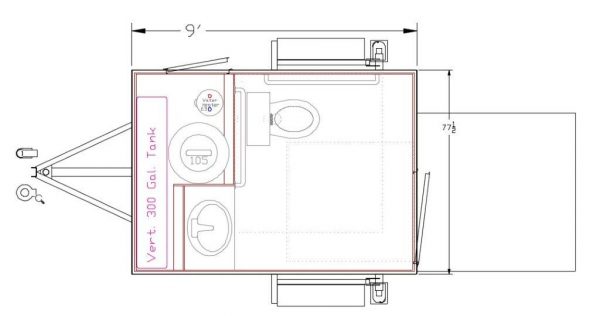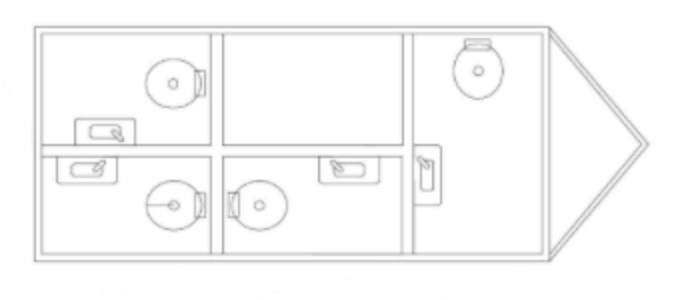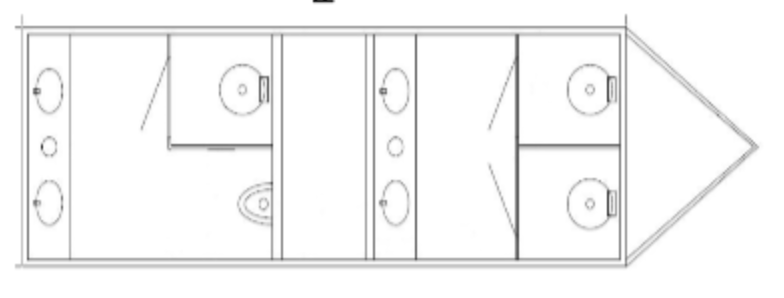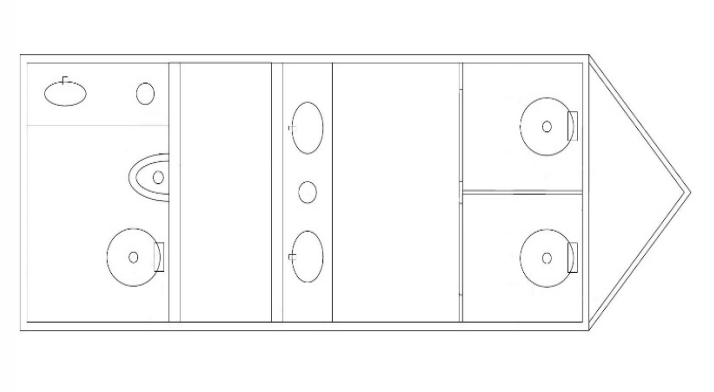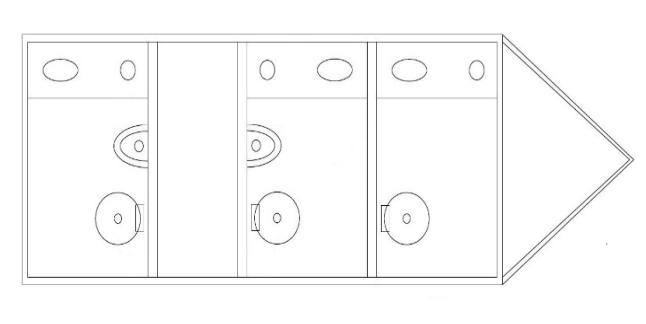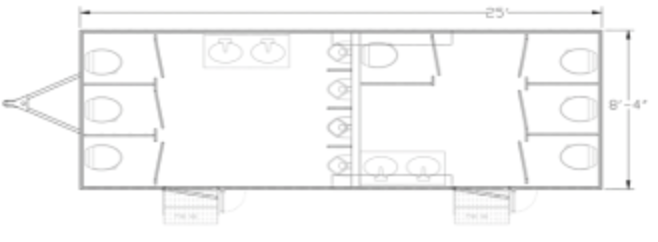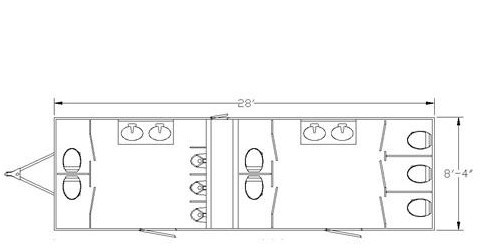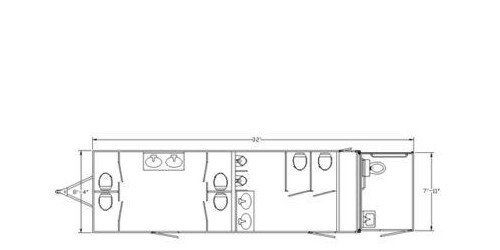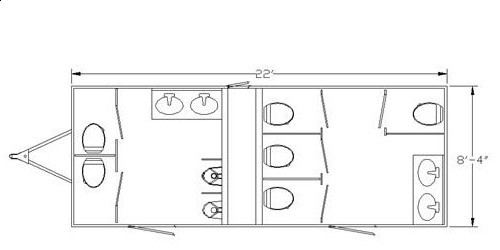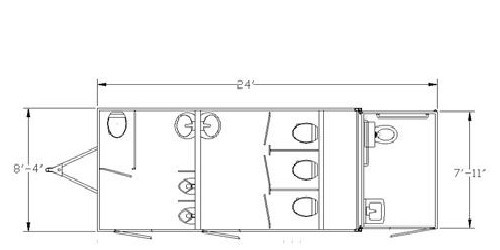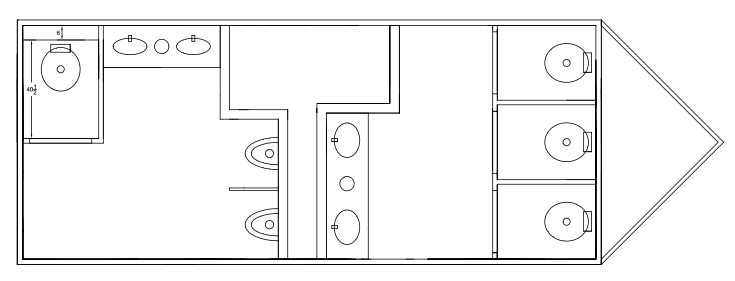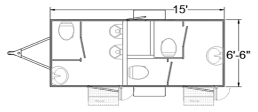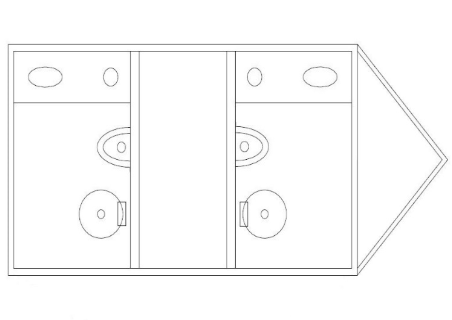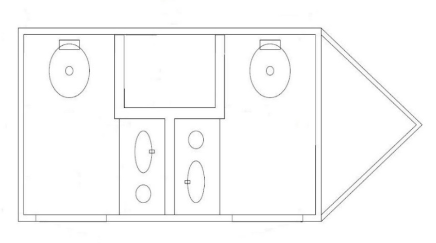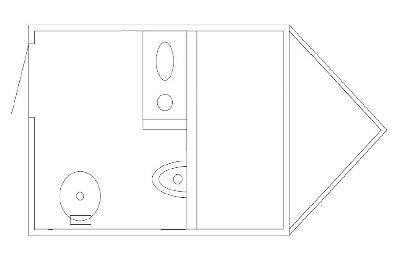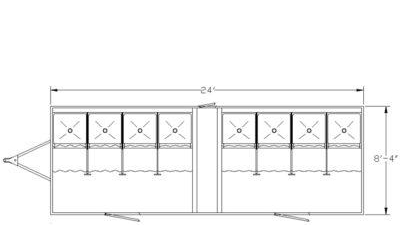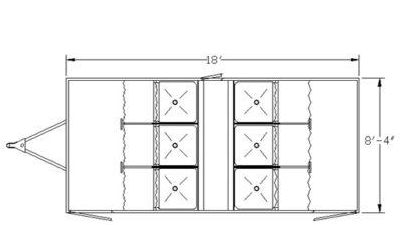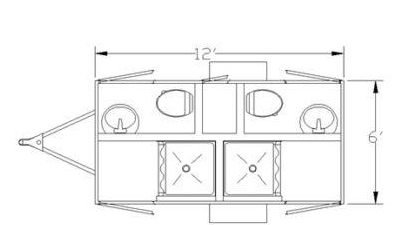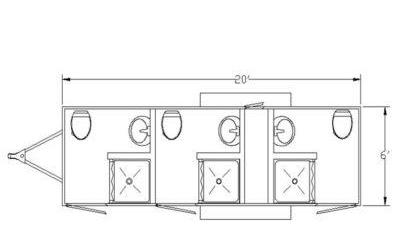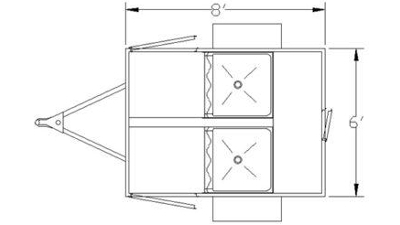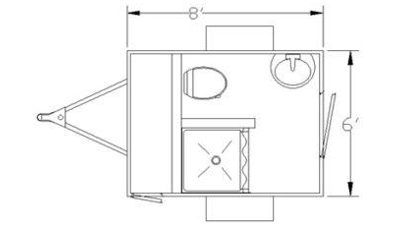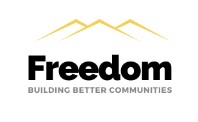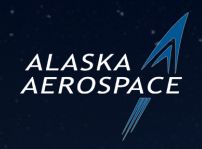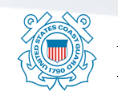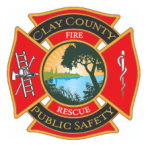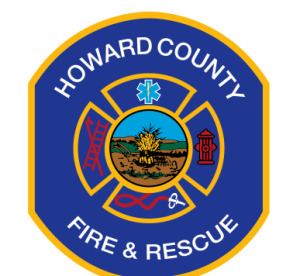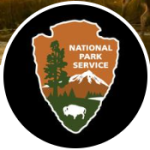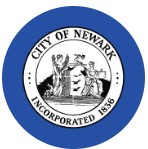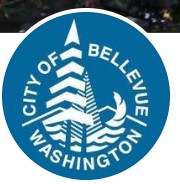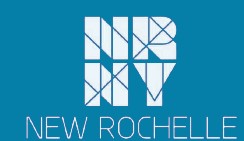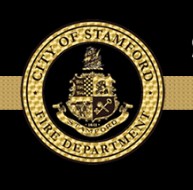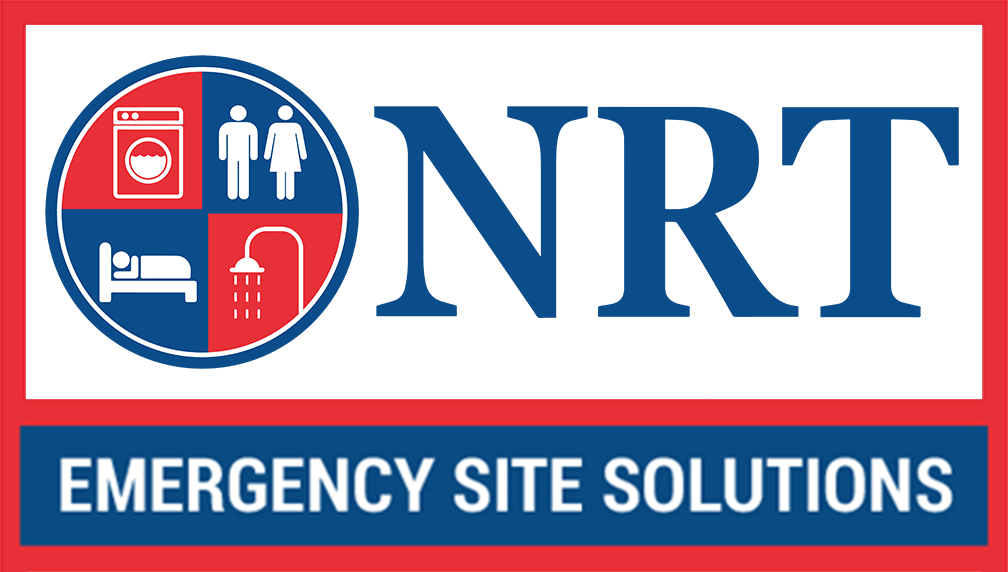The increasing frequency and intensity of wildfires have created unprecedented challenges for emergency management teams. According to recent data, wildfire seasons now extend 75 days longer than they did in the 1970s, with average burn areas increasing by over 300 percent. This dramatic shift demands mobile infrastructure that can adapt to rapidly changing conditions while maintaining operational efficiency in extreme environments.
Mobile Command Centers and Communication Hubs
Our specialized command center trailers provide incident commanders with fully equipped mobile headquarters featuring advanced communication systems, satellite connectivity, and real-time data processing capabilities. These units include climate-controlled environments with workstations for multiple personnel, integrated power generation systems, and redundant communication networks ensuring uninterrupted coordination between ground crews, aerial support, and evacuation teams. Each trailer incorporates electromagnetic shielding to protect sensitive equipment from interference, while specialized air filtration systems maintain breathable environments even in heavy smoke conditions.
The increasing frequency and intensity of wildfires have created unprecedented challenges for emergency management teams. According to recent data, wildfire seasons now extend 75 days longer than they did in the 1970s, with average burn areas increasing by over 300 percent. This dramatic shift demands mobile infrastructure that can adapt to rapidly changing conditions while maintaining operational efficiency in extreme environments.
Mobile Command Centers and Communication Hubs
Our specialized command center trailers provide incident commanders with fully equipped mobile headquarters featuring advanced communication systems, satellite connectivity, and real-time data processing capabilities. These units include climate-controlled environments with workstations for multiple personnel, integrated power generation systems, and redundant communication networks ensuring uninterrupted coordination between ground crews, aerial support, and evacuation teams. Each trailer incorporates electromagnetic shielding to protect sensitive equipment from interference, while specialized air filtration systems maintain breathable environments even in heavy smoke conditions.
We understand that effective wildfire response requires seamless coordination between multiple agencies and organizations. Our command trailers feature expandable sections that increase operational space by up to 400 square feet, accommodating larger teams during extended operations. Built-in conference areas with video display systems enable briefings and strategic planning sessions, while dedicated server rooms maintain critical data infrastructure throughout deployment periods.
Evacuation Support and Temporary Shelter Systems
During mandatory evacuations, our shelter trailers provide immediate refuge for displaced residents and emergency personnel. These units feature:
- Climate control systems maintaining comfortable temperatures in extreme weather conditions
- Medical triage areas equipped with basic healthcare supplies and oxygen delivery systems
- Sleeping quarters with privacy partitions accommodating up to 20 individuals
- Full bathroom facilities including ADA-compliant fixtures and hot water systems
- Kitchen facilities capable of preparing meals for 100 people per service
At our company, we’re proud to offer a strong pre-owned sales division with a wide inventory available for immediate purchase. This availability ensures communities can quickly acquire essential emergency infrastructure without waiting for custom manufacturing timelines. Our evacuation support trailers incorporate generator systems providing 72 hours of continuous power operation, with automatic transfer switches enabling seamless connection to external power sources when available.
Equipment Storage and Logistics Support
Firefighting operations require massive quantities of specialized equipment that must remain organized and accessible throughout response efforts. Our equipment trailers feature customizable racking systems accommodating everything from hand tools to breathing apparatus, with integrated inventory management systems tracking equipment distribution and maintenance schedules. Heavy-duty flooring systems support loads exceeding 10,000 pounds per axle, while reinforced tie-down points secure equipment during transport over rough terrain.
These logistics trailers include hydraulic loading ramps rated for heavy equipment, LED lighting systems providing 360-degree illumination for nighttime operations, and temperature-controlled compartments protecting sensitive equipment from extreme heat exposure. Backed by extensive knowledge of different trailer types and the unique situations they’re suited for, our team helps every customer find the right fit for their needs, whether supporting initial attack crews or extended mop-up operations.
Recovery and Community Support Operations
After immediate threats subside, communities face lengthy recovery processes requiring sustained support infrastructure. Our recovery support trailers transform into community resource centers, providing essential services during rebuilding efforts. These units feature document processing areas for insurance claims and federal assistance applications, computer workstations with internet connectivity for displaced residents, and meeting spaces for community planning sessions.
With a customer-first approach, we provide free estimates to ensure transparency and value from the start. Recovery operations often extend for months following major wildfire events, requiring durable equipment capable of continuous operation. Our trailers utilize commercial-grade components designed for 24/7 operation, with maintenance access panels enabling routine service without disrupting ongoing operations.
Plus, with nationwide service, we’re ready to deliver reliable solutions wherever you are. Our deployment teams coordinate with emergency management agencies ensuring trailers arrive fully operational with comprehensive training for local personnel. We maintain emergency response protocols enabling rapid deployment to affected areas, with pre-positioned inventory strategically located for immediate availability when disasters strike.
